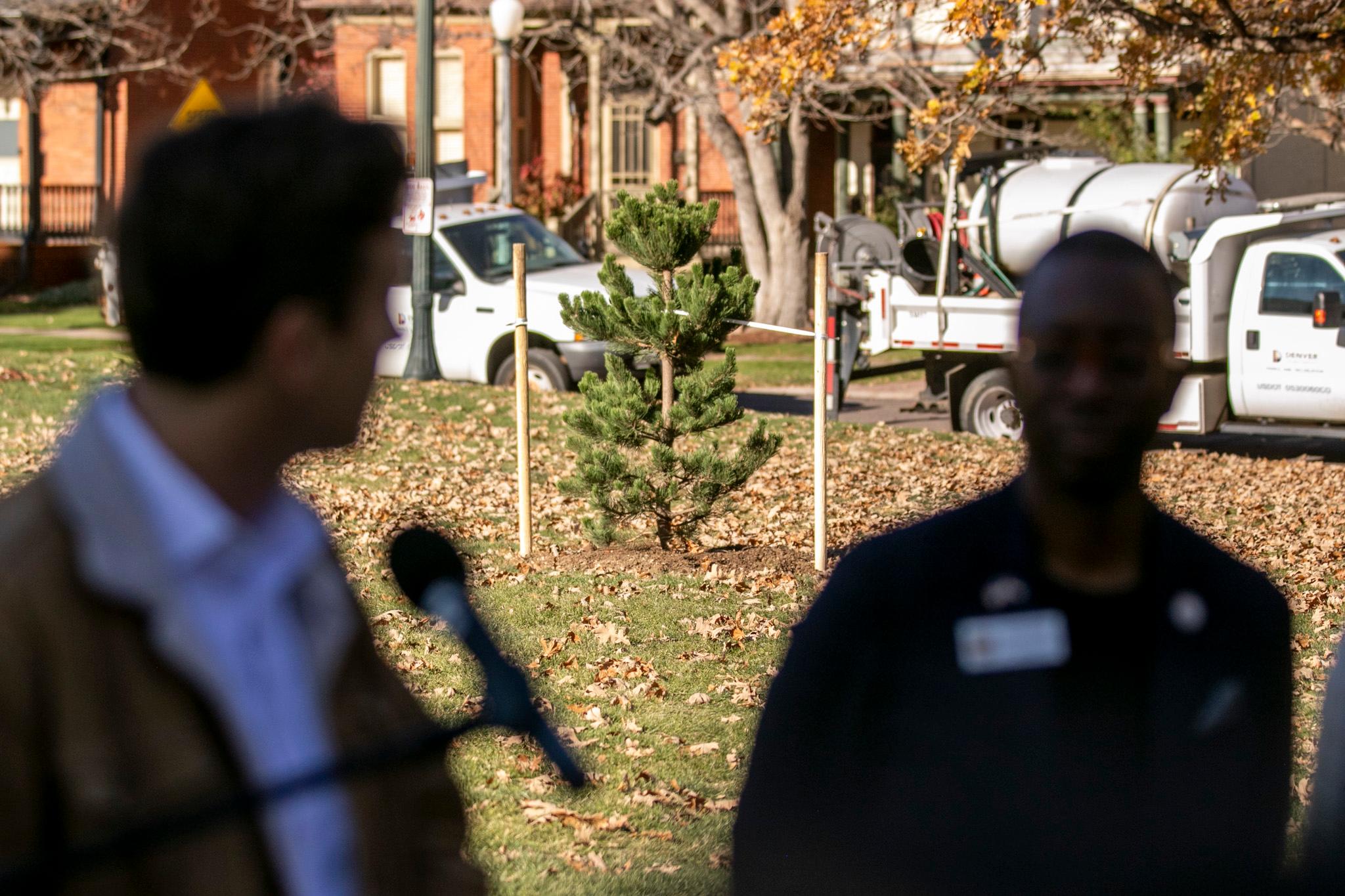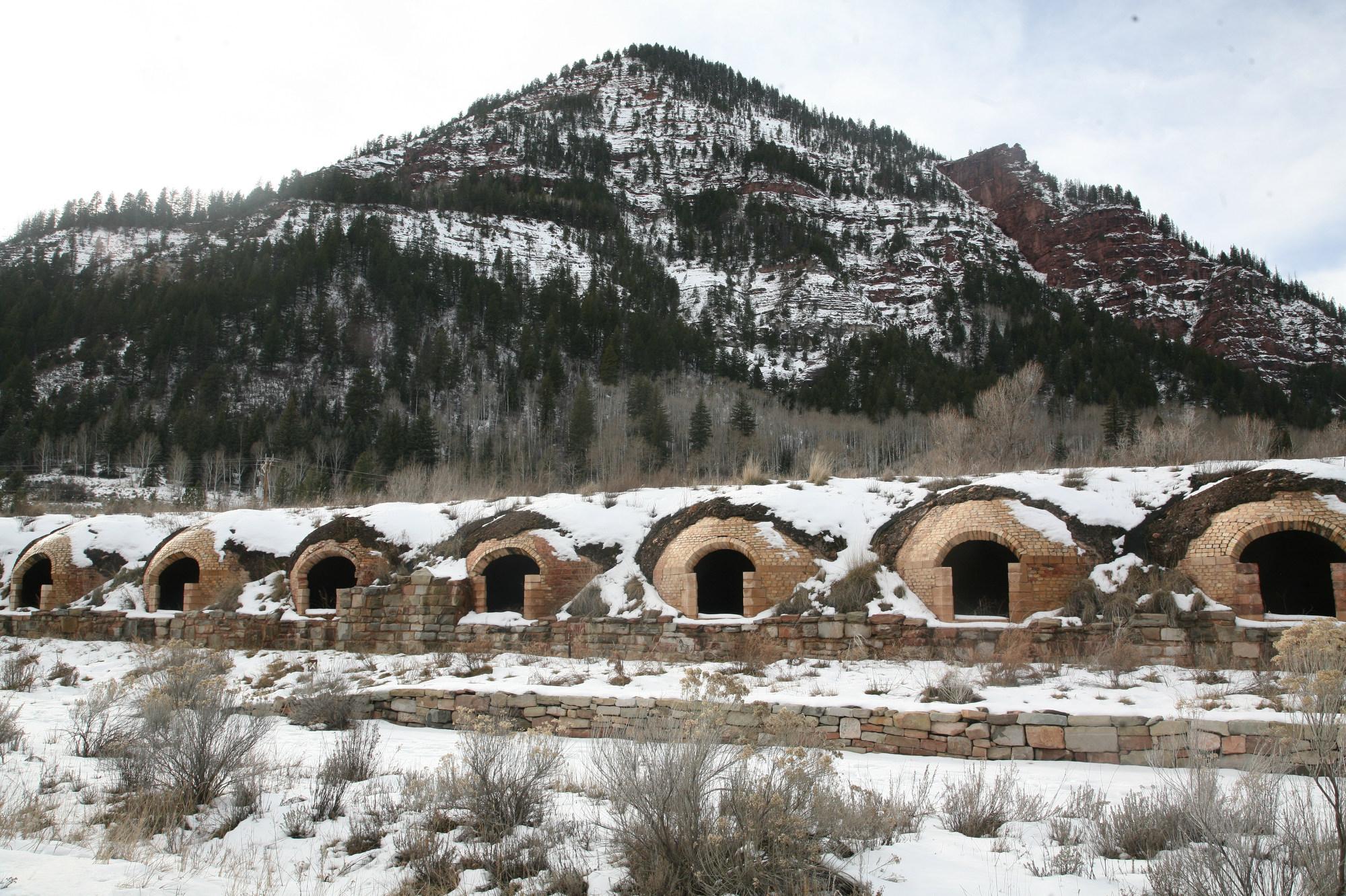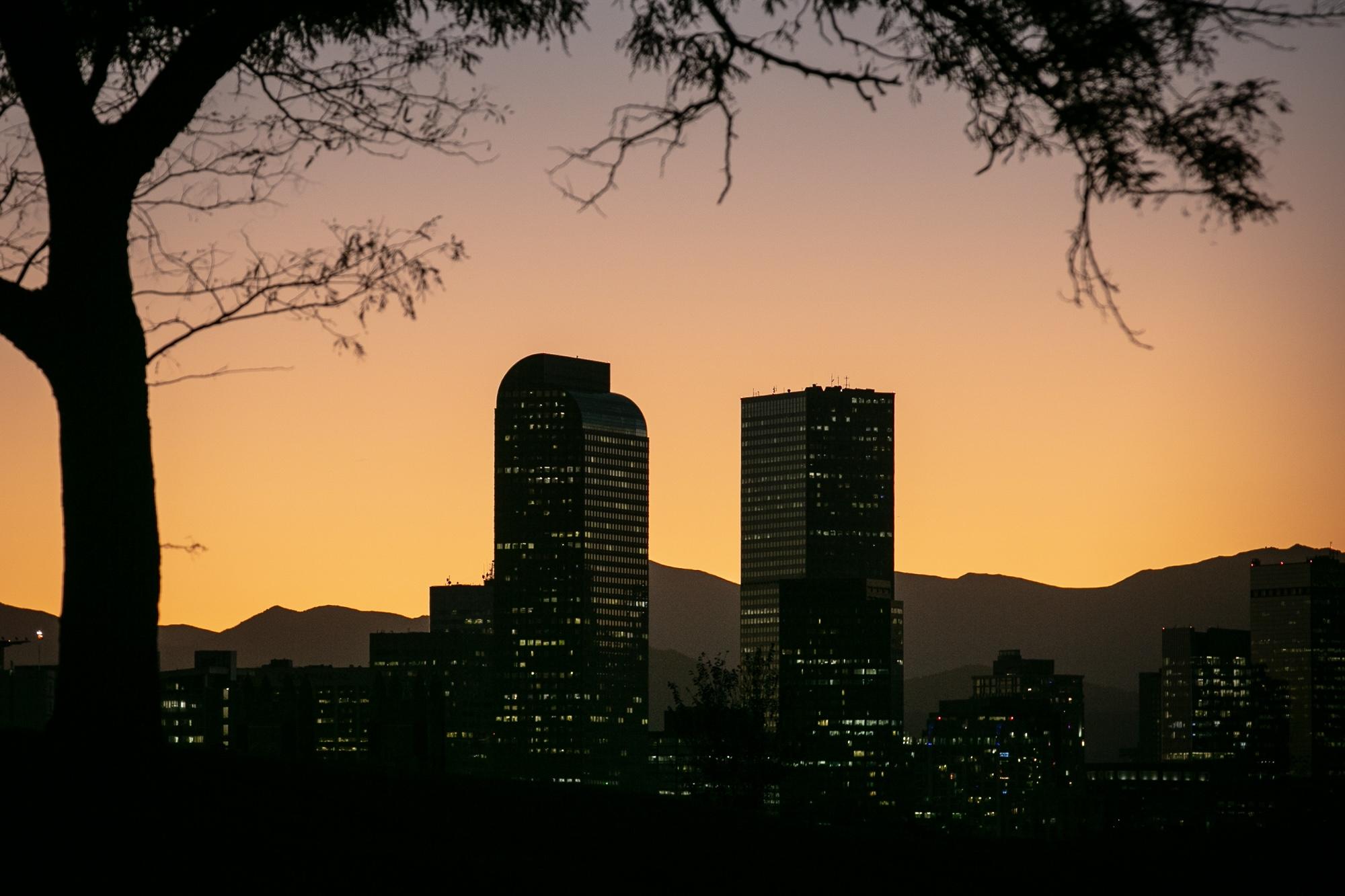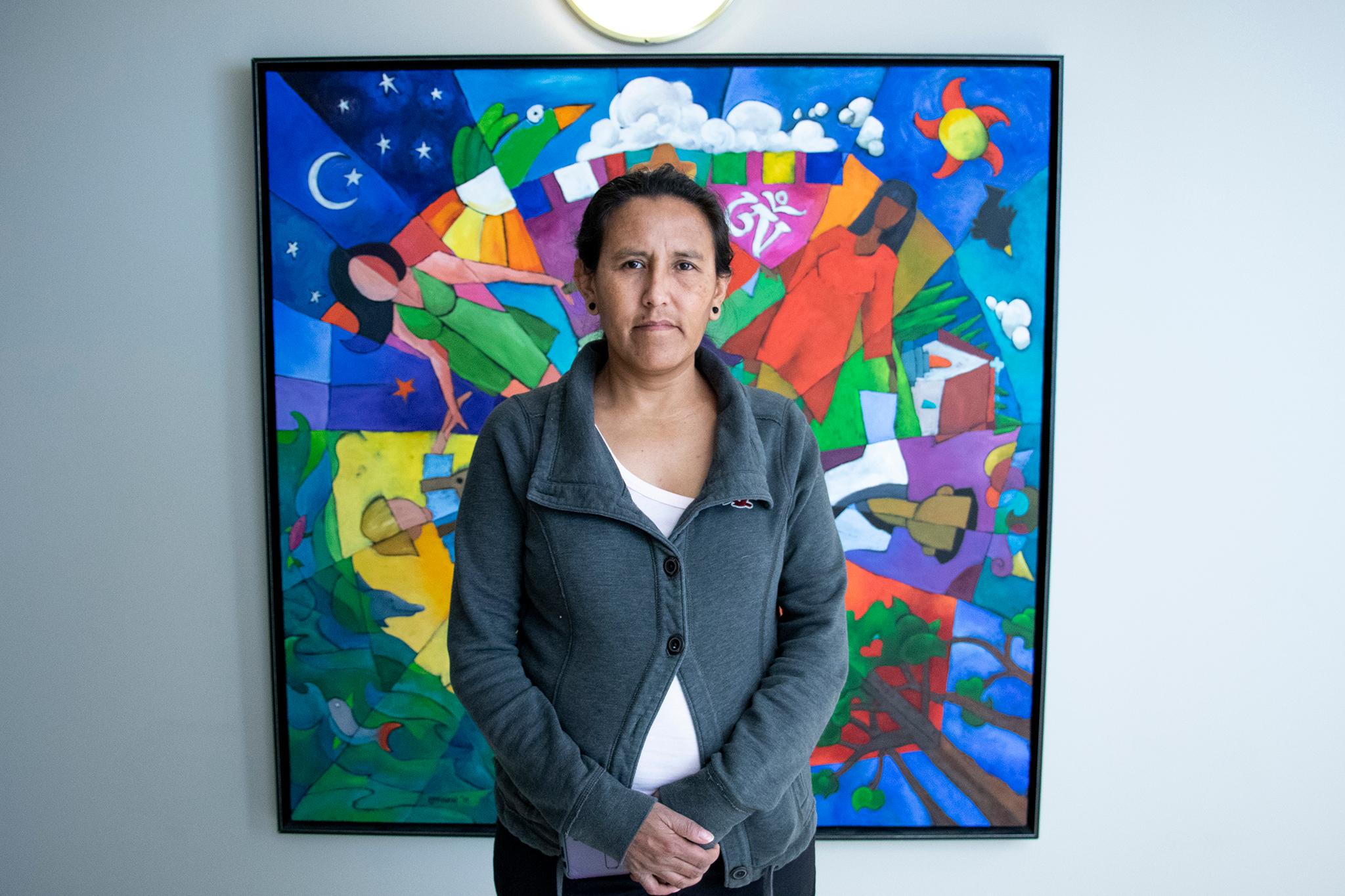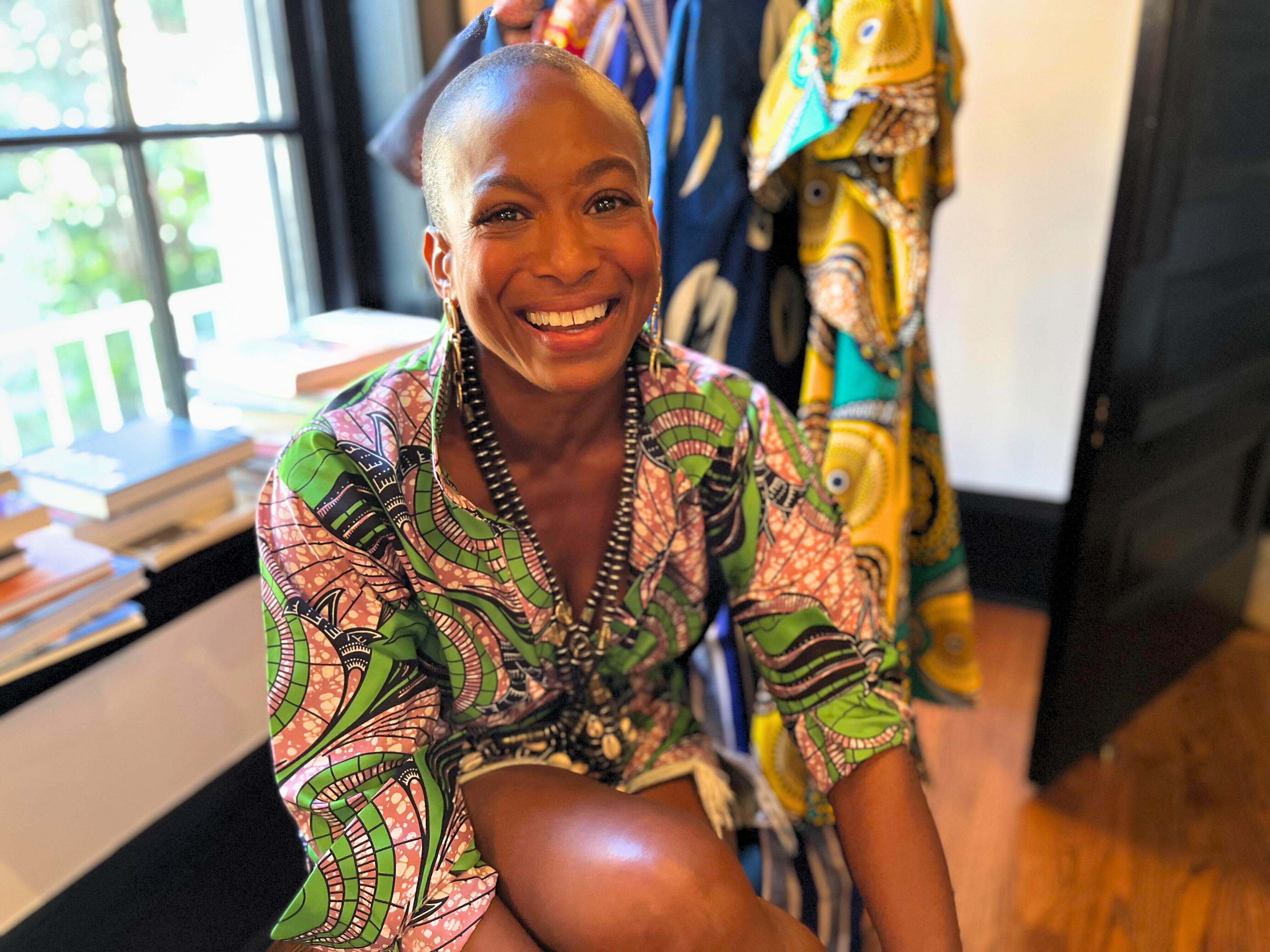
Inside the front door of a grand home in Capitol Hill, most of the downstairs is filled with racks of brightly patterned dresses, skirts, and blouses, many made of West African prints with a high sheen and stiff texture. The floor is littered with boxes of gold sandals and high-heeled shoes. The dining room table is covered with squares – napkins made of similar fabric – and long, beaded necklaces.
“I’m a Jane of all trades when it comes to art and design,” and “sort of an accidental entrepreneur,” said Erika Massaquoi, 52, who about nine years ago created the Oula Company and the fashion line OULA, a spin on the name of her great-grandmother, Lula. “I never expected to be making clothes, although I’ve loved clothes my entire life.”
Earlier this week she was moving about the first floor of her brick home, the headquarters of her small-batch design company, deciding which of her pieces would make the final cut and be worn in a fashion show on Friday at Room and Board.
The fashion show is being put on by The Color of Fashion, which specializes in producing events that highlight fashion and luxury items by and for people of color.
On its website, it describes itself this way: “Color of Fashion, a non-profit organization founded by visionary black female entrepreneurs Samantha Joseph and Alicia Myers, aims to revolutionize the fashion industry by promoting inclusivity, diversity, and racial equality. . . [Its] mission is to highlight all colors of fashion and beauty and promote their significance in advancing racial equality. By recognizing underrepresented talents from diverse backgrounds, the organization seeks to challenge conventional norms and reshape perceptions of beauty and style. Color of Fashion produces high grade showcases that push standards and maximize innovation.”
The Friday night fashion show by Massaquoi is a component of a weekend-long event called “Color of Fashion Season IV Mélange: All Things Luxury.”
Other activities for the September 26-29 event, posted here, include a sold-out “Night of Luxury” where designers gathered on Thursday night; the OULA fashion show on Sept 27 from 7 - 10 pm at Room and Board; and a seated event called “Luxury Never Goes out of Fashion,” which will feature “curated collections from both emerging and established national and local designers.”
It ends on Sept. 29, with an opportunity to shop for runway items seen during the “Melange” at the Four Seasons Hotel in downtown Denver.
This week, OULA’s Massaquoi was coming up with her own melange of submissions. Pulling some dresses from a rack, she pointed out the heavy, shiny fabric she favors working with.
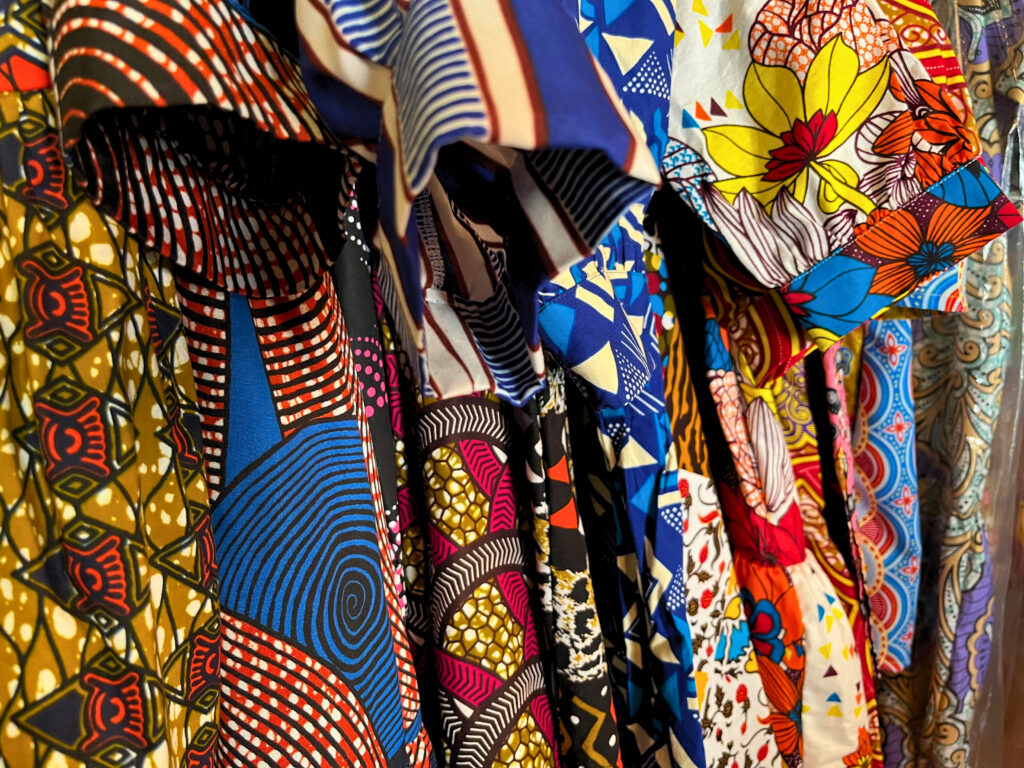
“What’s great about African wax fabric is that it’s organic,” she said. “Almost every piece is different: some are waxed heavily, some are not waxed heavily, some aren’t waxed at all. So even though you’ll have the same cut or silhouette, when you have it in different fabrics, it moves differently on the body and it will move differently on the runway as well.”
She imports the fabric from India and West African countries, then has a team of six sewists turn her ideas into clothes that she sells both online and in a high-end clothing store. She has sold about 5,000 articles in the last three years. The company hasn’t turned a profit yet, but, she said, “I’m breaking even. Does anyone really make money [independently] in fashion?”
On Friday evening, she said, 40 models will wear about 50 different looks using about 80 pieces in total, some the same design in different fabrics. Rather than walking a flat runway, they’ll descend stairs to music. “So when you see it coming down the runway, it’s going to be like you’re bombarded with all of these different prints: very joyful, very, very vibrant, strong graphic statements.”
The looks she will feature are varied:
“There’ll be wrap skirts, there’ll be short dresses, long dresses… a long skirt with a tunic over it as well. There’ll be gold shoes, gold jewelry, really strong makeup, and we focused on that a lot and strong hairstyles as well.”
She said she will be styling the models around what she would wear. “I’m showing it to you as I would wear it,” she said.
Creating looks is something she’s no stranger to. Originally from Miami and a descendant of people who lived in the 1800s in the South Carolina Sea Islands, Massaquoi moved to Denver in the height of the pandemic in January 2021 after spending eight years in Seattle and 20 years before that in New York City.
While in the Big Apple, she worked part of the time as assistant dean of Art and Design at the Fashion Institute of Technology after earning a doctoral degree at New York University in cinema and new media and working as a curator.
The show – which is priced at $85 for seats, $30 for standing room – is the culmination of her making choices among midi dresses, caftans, boyfriend blouses and cropped jeans with brightly printed fabric around the bottom, most priced at about $300. To make them, she creates an idea on a mannequin then makes adjustments, rather than creating a pattern and cutting the fabric to match.
She started the business as a side hustle at the suggestion of some friends when she lived in Seattle, and now spends most of her time growing it, while also raising her daughter with her husband, who is originally from Sierra Leone.
To save time and her nerves, she was making sure she had all the details buttoned up by mid- week. Gesturing at the floor, she pointed out her progress:
“Every box has a name on it . . . for every model, what shoe she’s wearing. I’ve pulled all the pieces. So the work that I’m going to do tonight is I’m going to put the model’s name on each piece that she’s wearing. Then I’ll also have a little bag of all the jewelry she’s wearing as well. So then she’ll have her total look.”
At a dress rehearsal before the show, she said she plans to snap a photo of each model in each look. Then the models can reference the pictures to dress themselves, possibly with head wraps, bandannas and optional belts from her limited collection.
“I never make more than a hundred dresses in any particular print. And when it’s gone, it’s gone,” she said.
As she finished the tour of her in-home studio, she was talking about what a fun ride her career in design had been, when she noticed a bright blue dress with red trim in a very forgiving, leisurely cut.
It was hanging on a rack of designs that didn’t make it onto the rack of final selections.
“I’m just going to – oopsie! I don’t know why this isn’t on that rack,” she said to herself, demonstrating the joy she gets from her work while gesturing to the rack of dresses she’d already said yes to, most of them looks that would work at the beach, the office, or a dressy occasion.
“I may wear this one,” she said, thinking ahead to the fashion show, “because I really love it! It’s so Miami and cabana to me.”

